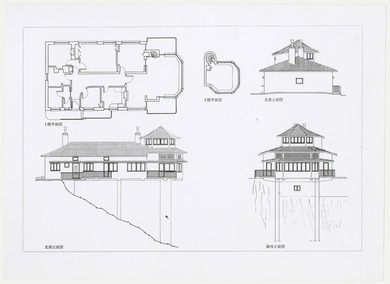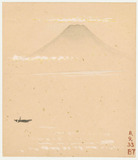Bruno Taut: Construction plans for his residence in Istanbul, 1937
Bruno Taut: Construction plans for his residence in Istanbul, 1937
Das Heim gibt es nur in uns selbst, vielleicht heute mehr als je.
[Home is only to be found within ourselves, perhaps now more than ever. (ed. trans.)]
Bruno Taut, Letter to his wife Hedwig, 17. February 1938
For the two years preceding his sudden death at Christmas 1938, architect Bruno Taut was in exile in Turkey. He was responding to an offer to take up a position as professor of architecture at the University of Istanbul, an offer which he owed above all to an old German associate: the former Berlin town planner Martin Wagner, who had executed a number of major projects with Taut, and had been in Turkey since 1935 working as an urban development advisor to the Atatürk government. He suggested Taut for the position after the original candidate died.
For Taut, this move was a boon: he had received no significant building commissions in Japan and it was only his book projects and handcrafts which were keeping him afloat. In Turkey he could finally work, and along with his university post he became head of the Ministry of Education’s construction division, designing numerous schools throughout the country.
In 1937 he designed an Istanbul residence with a view of the Bosporus for himself and his companion. It features a mix of architectural styles – in the centre is a pagoda-like construction with an octagonal glassed-in tower room topped by a typical Turkish hipped roof. Taut compensated for the extreme slope of the property with tall stilts, with only a small part of the building resting on solid ground. Taut took up residence there the following year and tried to concentrate on his work, despite his health problems. This was the only way to make life in exile bearable: in letters to his wife Hedwig in Germany it is clear that he never found a new homeland after 1933.


